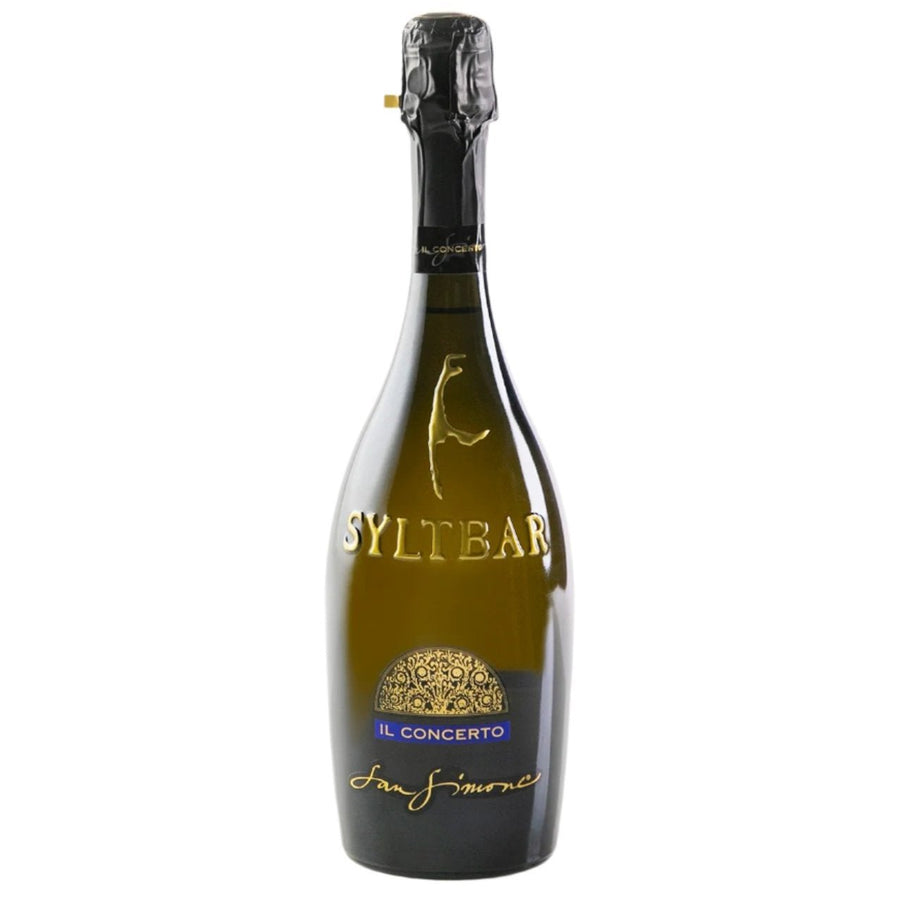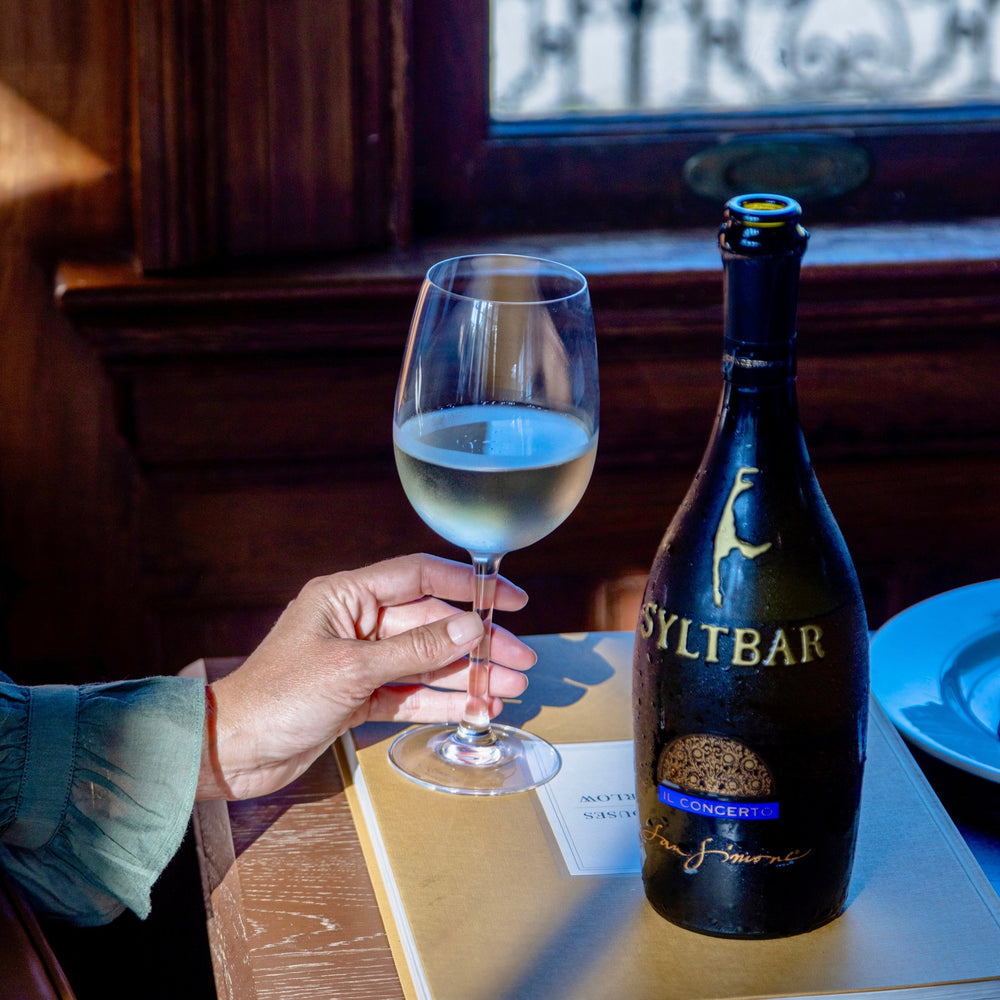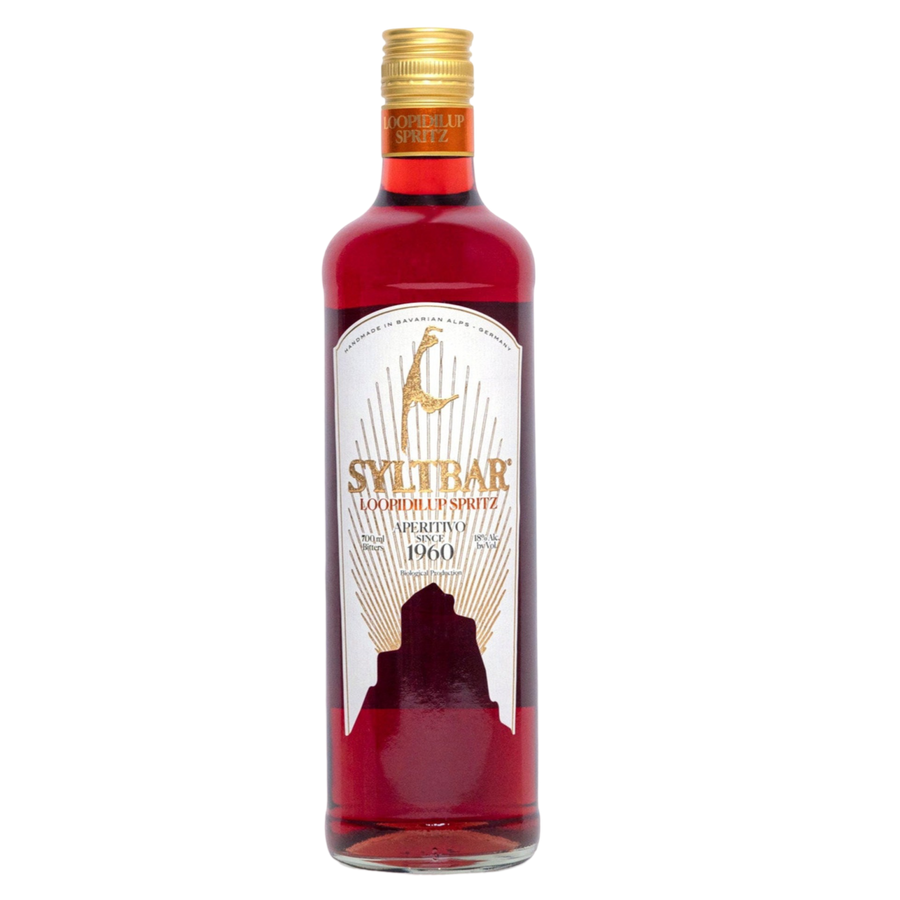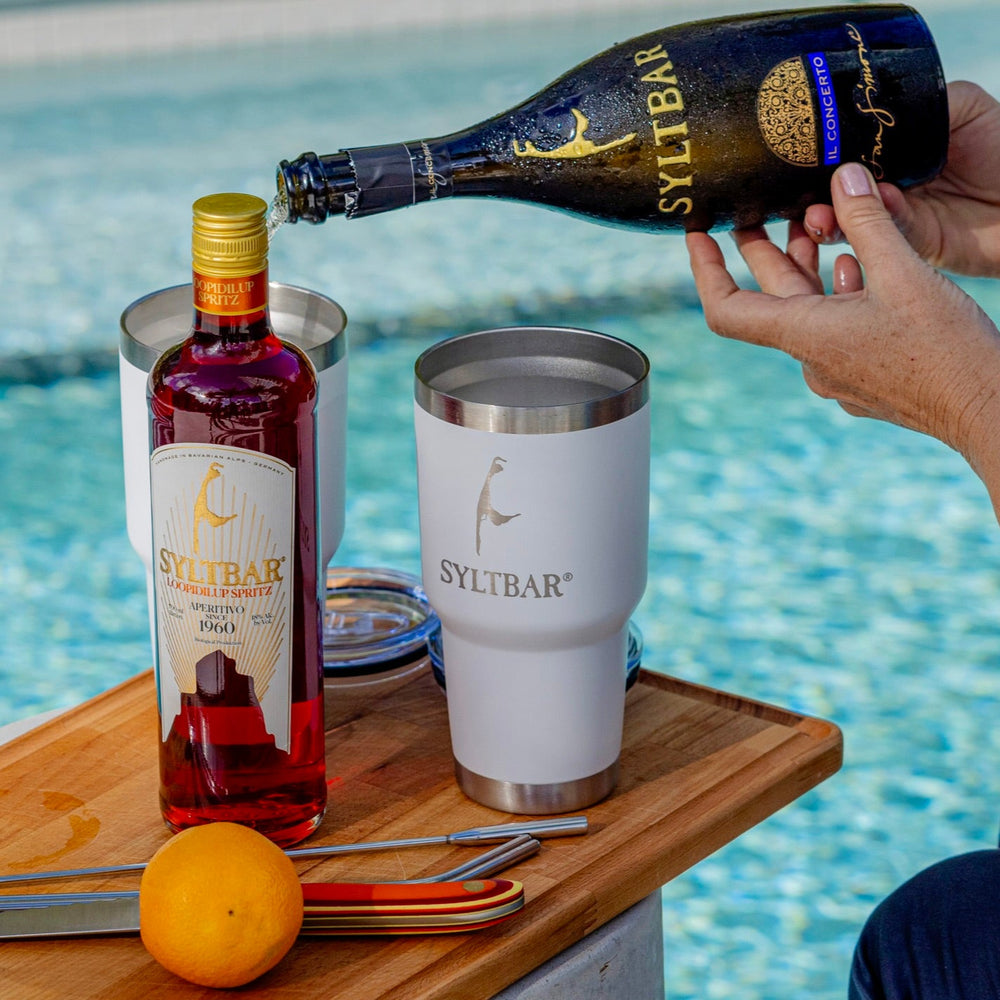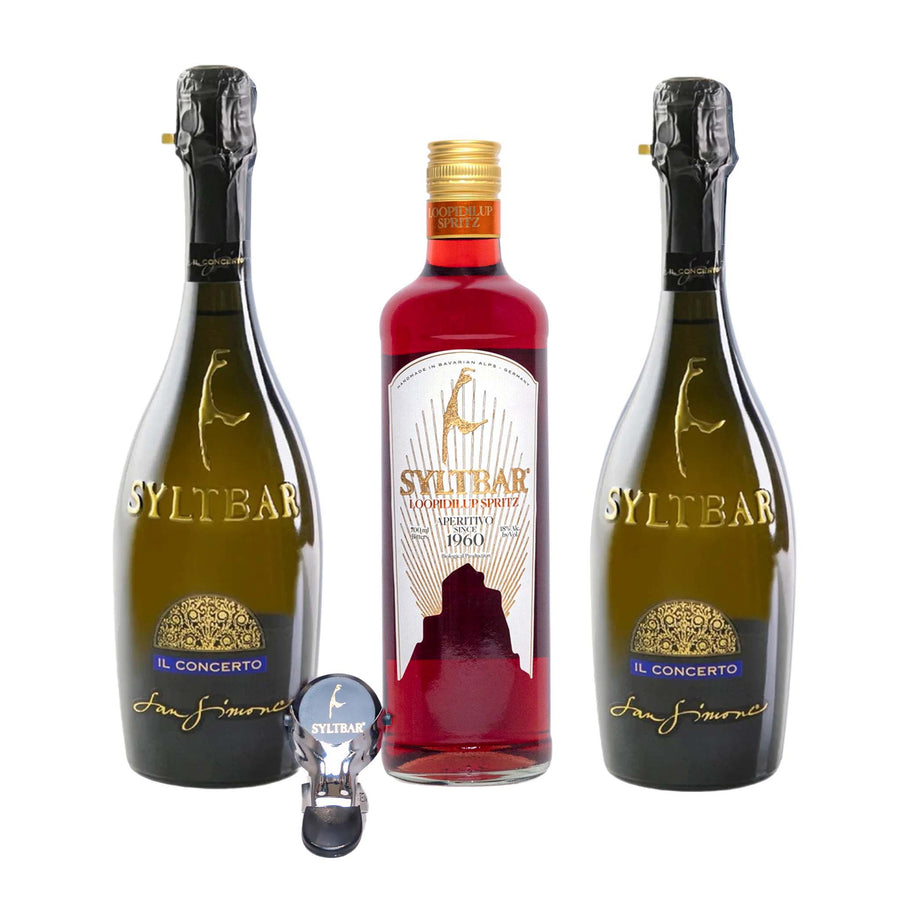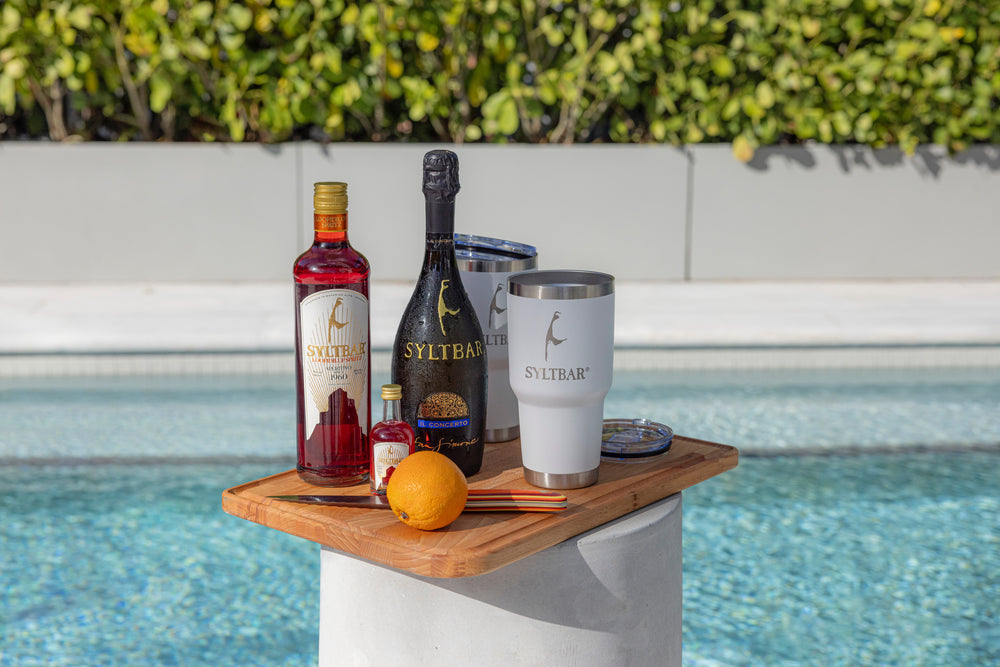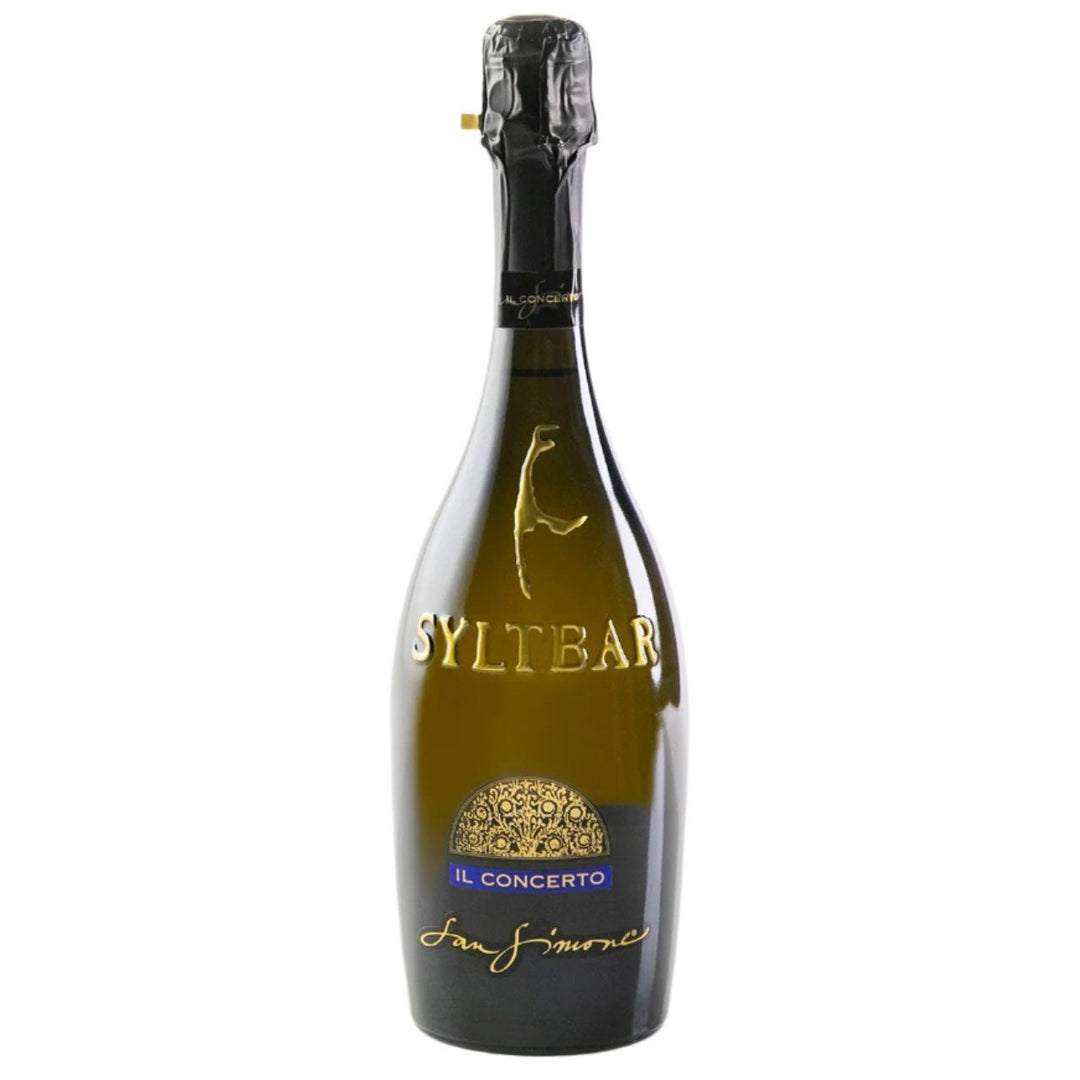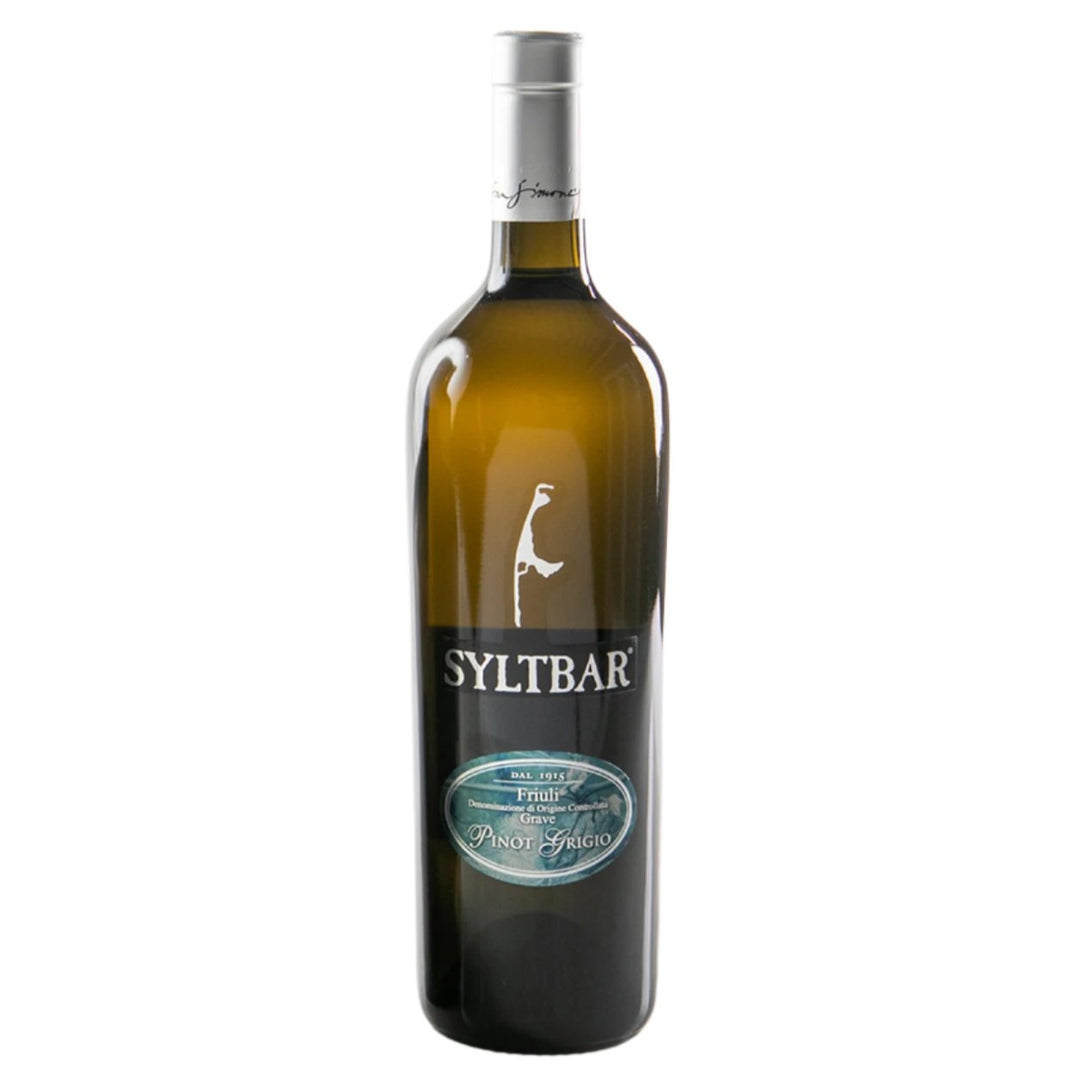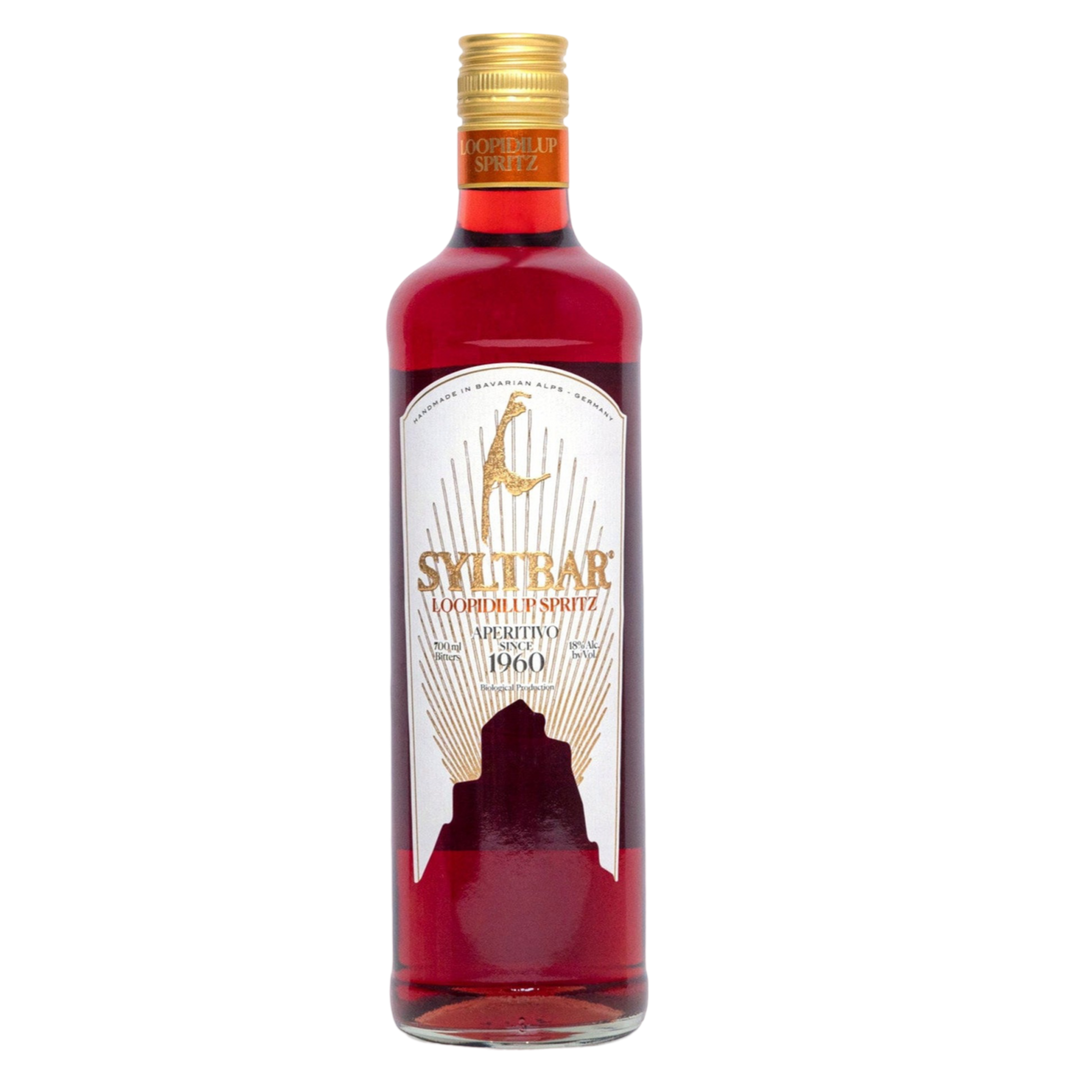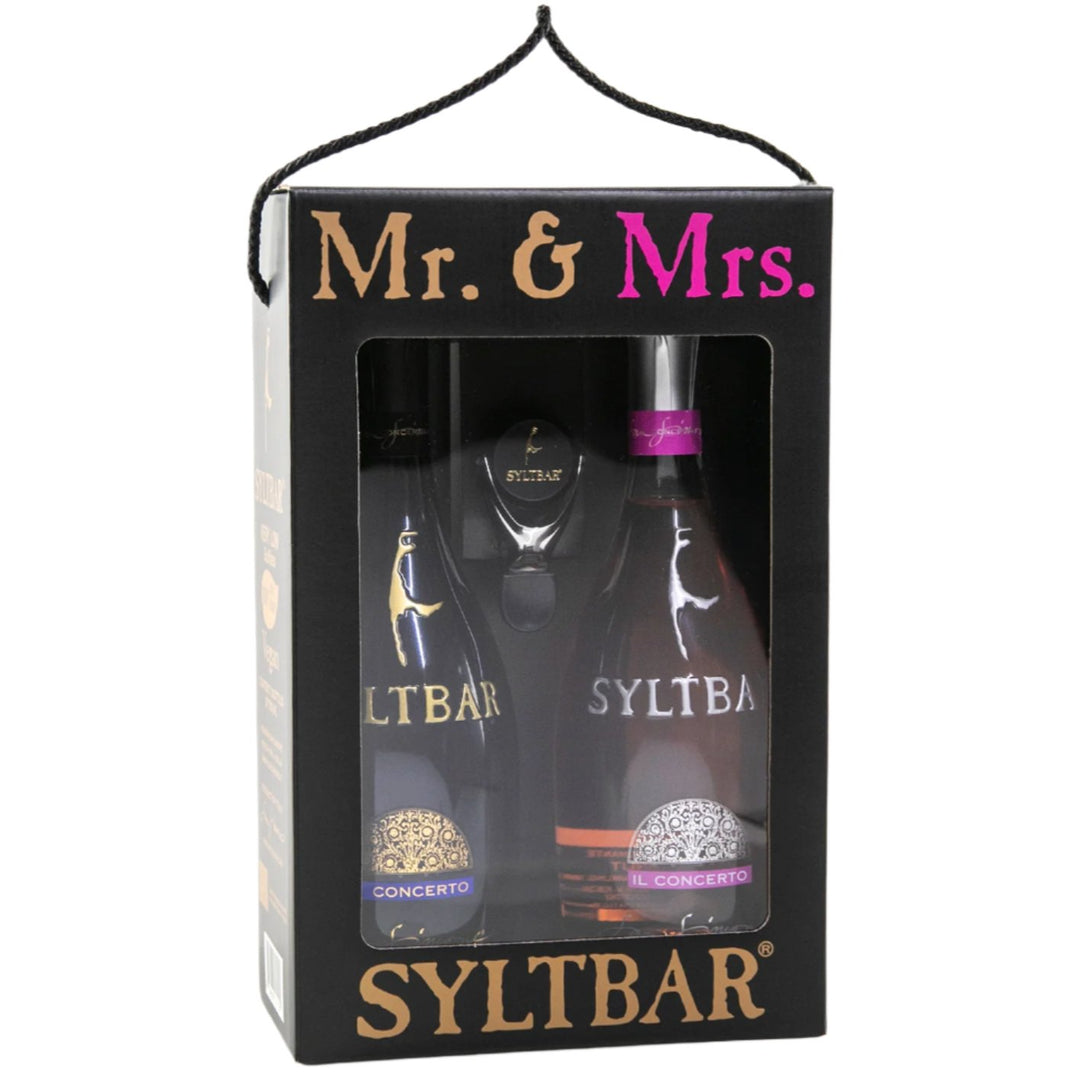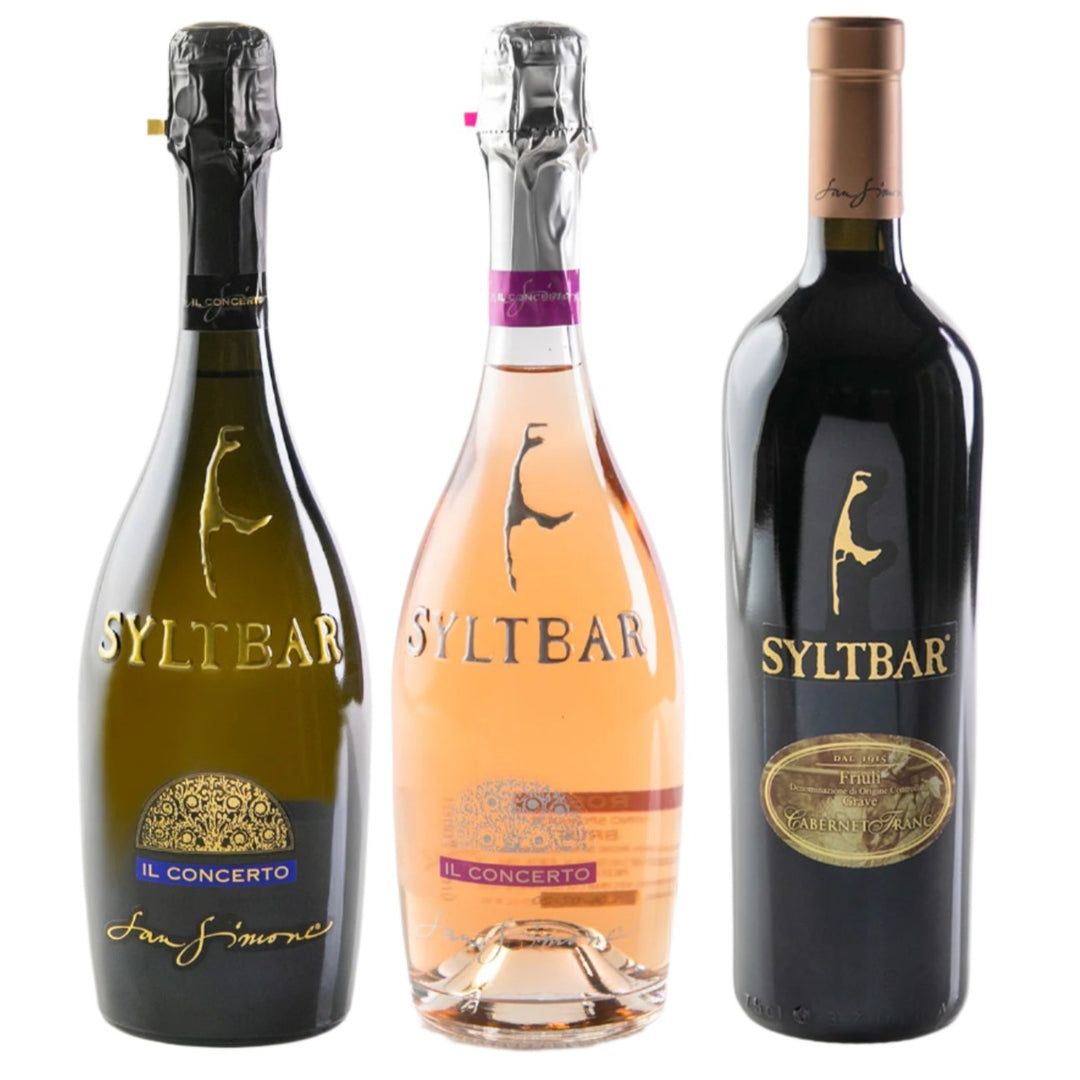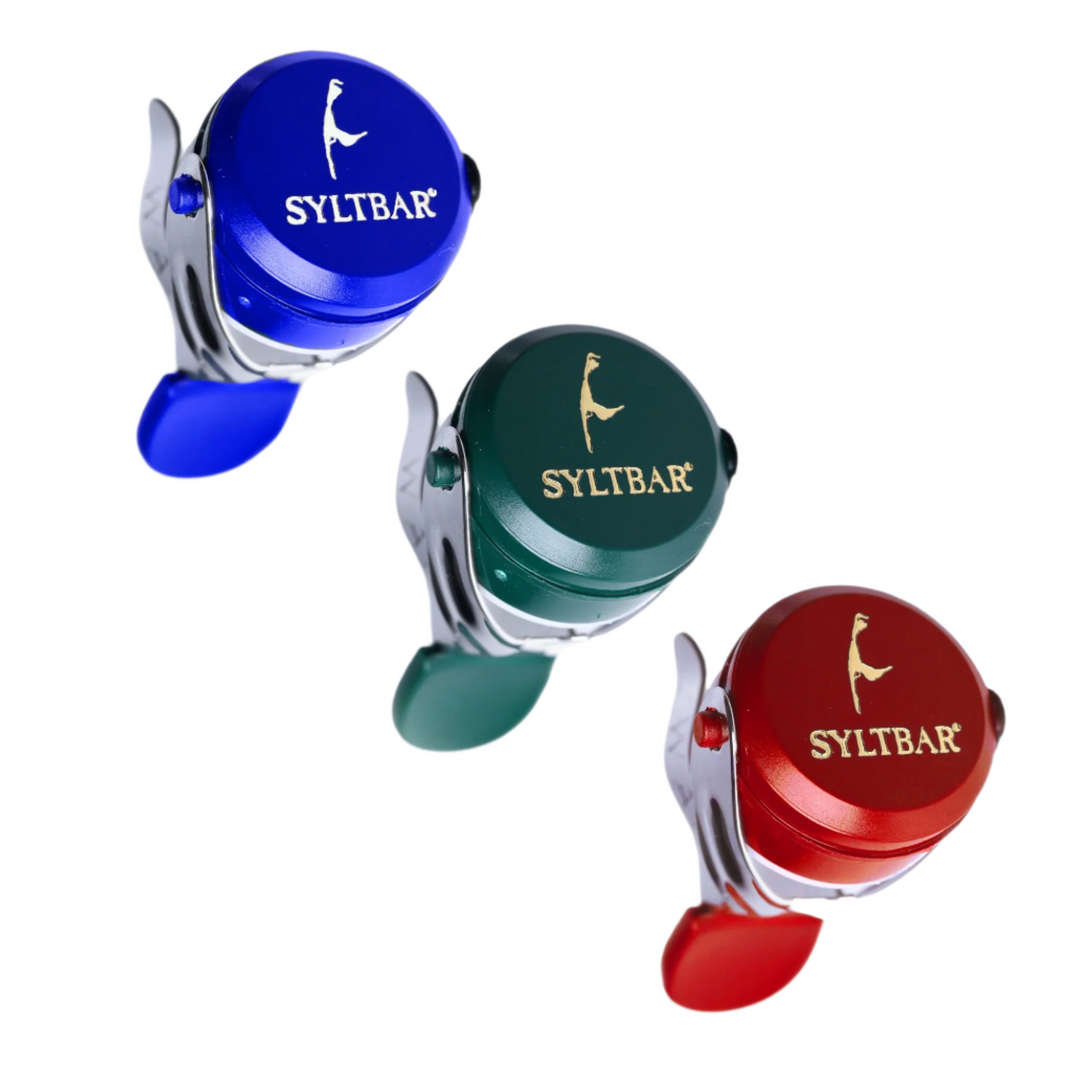Blind Tasting Challenge: Organic vs. Conventional Wines
What is Organic Wine?
Organic wine means that the grapes used in production have been organically grown according to the country of origin’s organic farming standards. There is no universal standard; it varies country to country. For a wine to be called organic, it must be made with grapes that have been certified organic in the country they were grown in.
In the United States, certified organic foods must adhere to the federal guidelines provided by the U.S. Department of Agriculture (USDA). This says that for produce to be called organic, it must be certified to have grown on soil that had no prohibited substances, such as synthetic fertilizers, pesticides or any other kind of chemical, applied for at least three years before harvest. Additionally, there are also certain specifications about things like soil, pest control, weed control, using additives, and in the case of animal products, the way in which the animals are raised.
When it comes to wine being organic, it’s all about how the soil and environment in which the grapes are grown. This means that there are no pesticides, herbicides, fungicides or artificial fertilizers used, no chemicals are added to the wine, and there are no added sulfites either — only the naturally occurring sulfites that produce during the fermentation process.
What Is Conventional Wine?
Conventional wine production is the most widely practiced method. It relies on synthetic pesticides, herbicides, and fertilizers in the vineyard and on chemicals in the cellar, all of which make the wine consistent and very predictable. The fermentation process may also involve the use of commercially cultured yeasts and other additives such as enzymes, tannins, and oak chips to enhance the flavor and aroma of the wine. Some argue that the use of synthetic inputs has severe implications on soil, environment and human health and can compromise the expression of terroir. A total of 300 cultured yeasts and 76 approved additives (natural and chemical) are allowed in conventional winemaking.

What about SYLTBAR wines?
SYLTBAR goes above and beyond the standards for organic. We are certified through the Italian Green Project, which refers to a set of actions, behaviors, and procedures that have been put in place to contribute to the environmental sustainability of our business, respecting the existing territorial balance. The SYLTBAR producers have been farming for over a hundred years, working alongside Mother Nature to heal the Earth by growing nutrient-rich soil, using clean water, and providing wine lovers with a pure, natural, organic wine with nothing added, and nothing removed.Yes, choosing to drink organic wine is a better, healthier option. When you are drinking a wine labeled as organic, you can be sure that the grapes harvested were never touched by any chemicals, and that there are no added sulfites, no extra flavoring or coloring agents, and no other additives at all.
Many winemakers choose to use additives to help enhance flavor and increase shelf life. This saves them time and money, and allows them to be able to mass produce their wine. These wines might be the most commonly seen on store shelves and restaurant wine lists, but these are not the wines you want to drink if you’re looking for something organic, which is both better for you and better for the environment. Eco friendly wine tastes better and aligns with sustainable living goals.
A bottle of wine, even the most expensive and highly rated brands, is allowed to have up to 76 additives. This seems crazy to us. Why would you want so many additives in your wine?! You will not even find one additive in SYLTBAR wines. This is because our producers don’t cut corners, and allow the grapes to fully develop their flavors and aromas so there is no need to add anything.
Keep in mind, though, that this also means SYLTBAR wines do not have extra preservatives in them, so there is no “extended” shelf life like all of those mass-produced wines have. This is why you don’t see SYLTBAR on every shelf or in every restaurant — we don’t mass-produce.
We are proud to work with one family-owned-and-operated winery in Friuli Venezia Giulia, Italy. This allows us as a brand to focus on producing a consistent, high-quality product for our customers, instead of worrying about mass producing for larger distribution. It’s more about quality over quantity for us. We are transparent, always labeling our bottles with the fill date, and we understand our responsibility to protect and take care of our Earth so she can continue to take care of us.
Are Sulfite-free wines always organic?
Sulfites serve as a crucial part of winemaking. They act as antioxidants, preventing wine from spoiling and developing off-putting flavors. Sulfites also inhibit the growth of harmful bacteria and yeast, ensuring a stable and consistent final product. Without them, wine would be more prone to oxidation, microbial contamination, and spoilage.
That means that all of those big box wine companies that produce thousands upon thousands of bottles to distribute all over the world will not have a product that is stable enough to be on the shelves for very long, ruining their entire operation. This is why you will almost always find added sulfites in many mass-produced brands.
The legal limits for sulfite content in wine can vary from one country to another, but for the United States, the limit is approximately 350 parts per million (ppm) for most wines.
Many dry red wines contain sulfite levels in the range of 30 to 50 ppm, while dry white wines might have slightly higher levels, typically around 50 to 100 ppm. Sweet wines, which require more sulfites for preservation due to their higher sugar content, may have higher sulfite levels, sometimes exceeding 100 ppm.
The average amount of sulfites in commercially produced wine is about 150 ppm. It's important to note that this is a rough estimate, and sulfite levels can vary significantly from one wine to another. This is where the differences between SYLTBAR and other wines on the market come into play. SYLTBAR wines only have 25 ppm in average. Our producers care very deeply about the integrity and purity of their wines, and never use chemicals or additives during the production process.
For reference, “PPM" stands for "parts per million," and it is a unit of measurement used to express the concentration of a particular substance in a solution or mixture. In the context of describing the amount of sulfites in wine, "ppm" indicates how many parts of sulfites are present in one million parts of the wine. For example, if a wine is labeled as containing 30 ppm of sulfites, it means that there are 30 parts of sulfites for every one million parts of the wine.

Winemakers aim to strike a balance between preserving the wine's quality and protecting it from spoilage while keeping sulfite levels as low as possible to avoid adverse reactions in sensitive individuals.
Wine labels often indicate the presence of sulfites, although they may not specify the exact amount or whether they are naturally present or have been added. If you have specific concerns about sulfite content in wine, you can contact the winery or refer to any available documentation for more precise information.
At SYLTBAR, we are very transparent and will always answer questions you have about our wine. Our bottles of Premium Prosecco and Sparkling Rosé clearly label the fill date, which shows our wines are fresh and not mass-produced. This is only the case for our sparkling wines because they are non-vintage. Prosecco and sparkling rosé taste best when they are young. It’s the total opposite when it comes to fine wines. Our fine wines are vintage. This is because they are made with home grown grapes from one winery, and the vintage identifies the year of the harvest the grapes came from, but the production is limited of course. That is why big box wine brands, especially the ones that are blends of different grapes, do not have a vintage on the bottle. It’s easier to produce large quantities when you use grapes from different harvests and add sulfites to make sure that it still tastes the same even after sitting in warehouses and on retail shelves for years.
While many organic wines are sulfite-free, not all sulfite-free wines are organic. Organic wines adhere to specific farming and winemaking practices, but the absence of sulfites doesn't automatically make a wine organic. It's essential to check for organic certification if that's a priority. Organic and biodynamic wines often come with clear labeling to help consumers make informed choices.
SYLTBAR wines are organic, however, and even go one step further with the Green Project Certification, which you will see on the label of every single bottle. It refers to a system of farming that works with the life force of Mother Nature to heal the earth by growing with nutrients and using clean water. Our wines stay in the tank long enough to self-stabilize. Most wine producers leave out this step in order to save time, and then use products such as egg white, gelatin and fish bladder for filtration. We never use any animal byproduct because we believe that wine should always be vegan.
It's essential to recognize that sulfites are a natural byproduct of winemaking, and what you should be looking for in your wine is “no added sulfites” rather than “no sulfites” at all, because that just can’t be true — unless there has been some kind of chemical used to remove them, and then your wine is tainted. Sulfites serve crucial roles in preserving wine and ensuring its stability, but if a more natural approach to winemaking is important to you, you want to stick to wines with no added sulfites. Stay informed and make choices that align with your preferences and needs.

Blind tasting Organic vs Conventional
A study published in Food & Nutrition Journal, “The Taste of Pesticides in Wine,” indicates that when compared with a conventional wine with detectable pesticides present, organic wines taste better. Blind taste tests showed for the first time that humans can actually taste pesticides present in conventional wine, and that subjects preferred the organic versions sans chemicals. Does organic wine taste better in general? This study suggests it does.
SYLTBAR is the perfect example of a 100% naturally produced wine by a family-owned-and-operated vineyard that is much lower in calories than other wines on the market, but still just as flavorful — if not more flavorful — without the need for anything extra like sugar to make a wine taste full because of the short fermentation time process. SYLTBAR has a double fermentation time of 4 months. Eco wine enthusiasts will appreciate the natural approach and rich taste.
Lower sulfite levels can also lead to more expressive and complex flavor profiles in wines. You'll be able to savor the true essence of the grapes and the unique characteristics of each vintage. This is because the grapes have been given enough time to fully develop their flavors and aromas, and you are getting the purest and most delicious juice. For those seeking best organic wine brands, SYLTBAR offers an excellent choice.
Not only is SYLTBAR sustainable and organic with no added sulfites, but it’s also very low in sugar and calories, and our wines are vegan too. That is because there is very low residual sugar content due to the unique winemaking process used by our producers. For example, Cashmere Cabernet Franc is 13% ABV with 115 calories per 6 oz. glass, compared to other red wines that are typically around 180 calories per 6 oz. glass. The ABV range for the average Cabernet Franc is 14%-16%, so as you can see, Cashmere ranks toward the top.
Another example is our Mr Premium Prosecco, which is only 49 calories per 6 oz. glass, and our Mrs Sparkling Rosé is 63 calories per 6 oz. glass, compared to other Proseccos that are around 100 calories per 6 oz. glass and Champagnes that are around 140 calories per 6 oz. glass. What’s even more impressive is that Mr and Mrs have been proven to be only 2 SmartPoints for Weight Watchers — that’s less than WW’s own sparkling wine, Cense, which is 3!
SYLTBAR wines are pure, with nothing added and nothing removed. Whether you are exploring organic wine brands or looking for a new favorite, SYLTBAR stands out for its commitment to quality and purity.
Explore more
Share this
Featured product
Featured product
It is time for SYLTBAR order now!
Join SYLTBAR mailing list
Sign up to receive delightful emails with deals, tips & more
or text CONNECT to 1-833 461-3379
MIGHT TAKE UP TO A MINUTE TO RECEIVE CODE TEXT! By texting CONNECT to us, you consent to receive marketing text messages through an automatic telephone dialing system at the number provided. Consent is not a condition to purchase. Text STOP to unsubscribe or HELP for help. Msg and data rates may apply. Read our privacy policy
SYLTBAR
Shop

*Total calories based on glucose and not by scientific testing. This statement has not been evaluated by the Food and Drug Administration. This product is not intended to diagnose, treat, cure, or prevent any disease.
